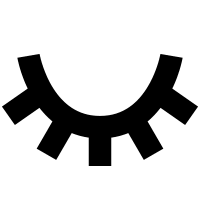Solution Manual Introduction To Algorithms Thomas H. Cormen.rar
- inabniecalanotevan
- Aug 19, 2023
- 1 min read
As a result of using PPHs to constrain the relationships within echinoderms and tRNA genes to decipher Crinoidea relationships, only two trees were finally validated for deuterostomes (Fig 2). The major advantage of a complete method is that all the values of HTUs that are by definition not present in the taxonomic dataset are enumerated. Such a comprehensive and correct enumeration is not possible in traditional probabilistic approaches or by manual pairwise comparisons. In the case of the deuterostomes, the solutions contained only two HTUs, the first in the lineage leading to cephalochordates and the second in the one leading to the echinoderms (Fig 2). Each HTU has two possible gene orders because of the commutative property of both paths described. For each path, the HTUs represent a ground pattern that characterizes an ancestor or a current mtDNA that has not been sequenced yet. Interestingly, the gene orders of HTU#2a and HTU#3a (see Fig 2) that stand for two distinct paths between Craniata and Echinodermata have already been characterised in a previous study and were considered as the echinoderm consensus [58].
solution manual introduction to algorithms thomas h. cormen.rar
2ff7e9595c

Comments